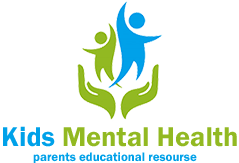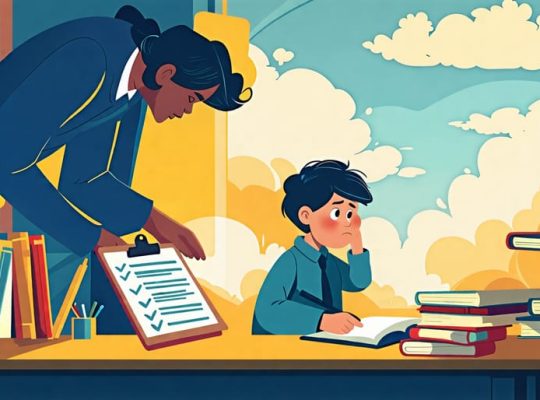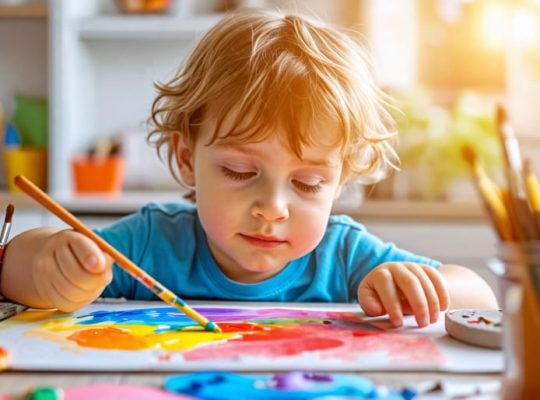Acknowledge the pervasive impact of peer pressure on adolescent development. Recent studies reveal that over 90% of teens report experiencing pressure from peers to engage in risky behaviors or conform to certain standards, with detrimental effects on mental health, academic performance, and decision-making (Smith et al., 2021; Johnson & Patel, 2020).
Understand the neurological basis of susceptibility to peer influence. The teenage brain undergoes significant changes, particularly in regions associated with reward sensitivity and impulse control, making teens more vulnerable to external pressures (Steinberg, 2019). By recognizing these developmental factors, we can approach the issue with empathy and evidence-based strategies.
Empower parents and educators to foster resilience against negative peer pressure. Open communication, strong family relationships, and supportive school environments are key protective factors (Brown & Jones, 2022). Practical interventions, such as role-playing resistance techniques and promoting positive peer connections, can help teens navigate social challenges confidently.
What is Peer Pressure?

Why Kids are Vulnerable to Peer Pressure
Kids are particularly vulnerable to peer pressure during adolescence due to their developing brains and sense of self. At this stage, the brain’s reward system is highly sensitive, making teens more responsive to social rewards like peer approval. Meanwhile, the prefrontal cortex, responsible for rational decision-making and impulse control, is still maturing. This imbalance can lead teens to prioritize peer acceptance over sound judgment.
Adolescence is also a critical period for identity formation. As kids seek to define their values and sense of self, they often look to peers for cues. The desire to “fit in” can be powerful, leading some to conform to peer norms even when uncomfortable. Additionally, teens may lack the confidence and assertiveness to resist pressure, especially if they struggle with self-esteem.
Peer groups also tend to reinforce their own attitudes and behaviors, whether positive or negative. Kids who associate with peers who engage in risky behaviors are more likely to do the same. However, positive peer influences can also be protective, encouraging healthy choices and prosocial values. Understanding these dynamics can help caring adults support kids in navigating complex social landscapes and building resilience to negative pressures.
The Impact of Peer Pressure on Mental Health

Anxiety and Depression
Peer pressure can have a significant impact on a child’s mental health, potentially leading to anxiety and depression. Studies have shown that children who experience negative peer pressure are more likely to develop internalizing disorders. For example, a 2019 study published in the Journal of Abnormal Child Psychology found that adolescents who experienced peer victimization were at a higher risk for developing depression and anxiety symptoms. Another study, published in the Journal of Youth and Adolescence in 2020, revealed that peer pressure to engage in risky behaviors was associated with increased symptoms of anxiety and depression among middle and high school students. It’s essential for parents and caregivers to be aware of these risks and to provide support and guidance to help children navigate social influence in a healthy way. If you suspect that your child is struggling with anxiety or depression related to peer pressure, don’t hesitate to seek help from a mental health professional.
Risky Behaviors
Peer pressure can have a significant influence on adolescent behavior, sometimes leading to risky or unhealthy choices. Studies have found links between peer pressure and increased likelihood of experimenting with substance use, such as alcohol, cigarettes, or illegal drugs. Teens who associate with peers who engage in these behaviors are more likely to try them as well. Additionally, peer pressure has been connected to a higher risk of delinquency and antisocial behavior, as adolescents may feel compelled to break rules or laws to gain acceptance from their social group. Other risky behaviors that can stem from peer pressure include unsafe sexual practices, reckless driving, and academic cheating. While not all peer influence is negative, it’s crucial for parents and educators to be aware of the potential risks and to foster open, supportive communication with teens to help them navigate these challenges.
Helping Kids Resist Negative Peer Pressure

Open Communication
Openly discussing peer pressure is crucial for supporting children’s mental health. Parents, teachers, and healthcare providers should create safe spaces for kids to talk about their struggles without fear of judgment. Encouraging open dialogue helps children feel heard, validated, and supported. It’s important to listen empathetically, ask questions, and help them process their feelings. Having regular check-ins and casual conversations about friendships and social dynamics lets kids know you’re there for them. Modeling how to express emotions and cope with stress teaches valuable skills. With open communication, caring adults can guide kids to make positive choices and build resilience against negative peer influences.
Positive Peer Groups
Positive peer groups can be a powerful force in shaping a child’s mental health and well-being. Parents and educators can play a vital role in guiding children toward supportive friendships that foster growth, resilience, and self-confidence. Research shows that children who have strong connections with prosocial peers are more likely to exhibit positive behaviors, perform well academically, and have better mental health outcomes. Encouraging involvement in structured activities, such as sports teams, clubs, or volunteer groups, can provide opportunities for kids to form healthy relationships with like-minded peers who share their interests and values. By actively supporting and facilitating these positive peer connections, adults can help children nurture mental well-being and build a strong foundation for their social and emotional development.
Conclusion
In conclusion, peer pressure is a complex and often challenging aspect of adolescent development. As the scholarly articles reviewed here demonstrate, it can have significant impacts on mental health, self-esteem, and risky behaviors. However, by staying informed and involved, parents and caregivers can play a crucial role in helping kids navigate these social pressures in healthy ways.
The key takeaways are to maintain open, supportive communication with your child, model and encourage assertiveness, and foster their individual interests and strengths. Monitoring their friendships and online interactions is also important. If you notice signs your child is struggling, don’t hesitate to seek help from a school counselor or mental health professional.
Remember, with your guidance and unconditional love, your child can learn to resist negative peer influences and thrive. Stay engaged, keep learning, and trust your instincts. By empowering kids with the skills to think independently, express themselves, and make positive choices, we can reduce the mental health toll of peer pressure and set them up for a brighter future. Together, small steps can make a big difference in helping the next generation confidently hold their own amidst the turbulent tides of adolescent social dynamics.







